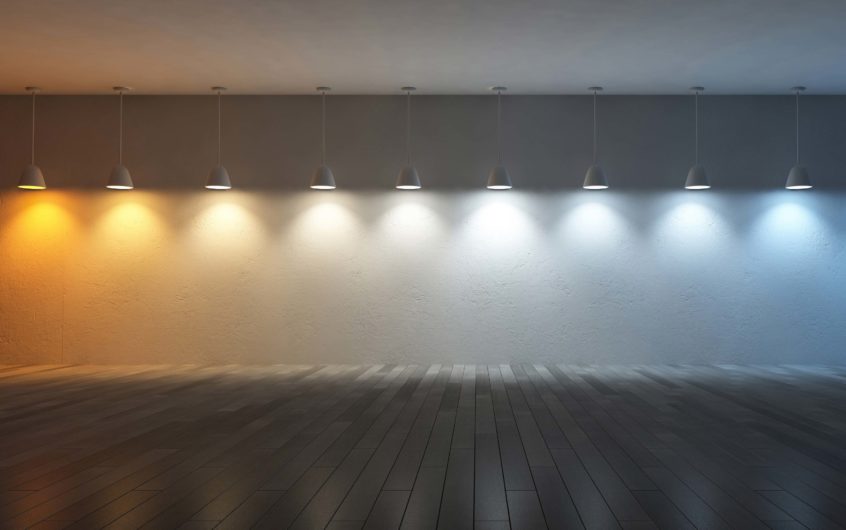Even though human eyes behave like miniature cameras, the film or digital sensors that cameras use to measure the level of light are not as forgiving as our eyes when it comes to perceiving natural colors in various lighting environments. Understanding the composition of white color light has numerous applications in photography, film-making and light design consultation.
Ceramic Metal Halide Lighting Basics
Ceramic Metal Halide is relatively new light source, touted for being compact, efficient, and powerful. CMH is part of the high-intensity discharge (HID) lighting category, which offers the highest efficacy and longest life of any lighting type, and saves up to 90% of lighting energy when they replace incandescent lamps.
Is Color Quality Scale (CQS) an improvement on CRI?
Solid state lighting industry at an impasse efforts to replace CRI with CQS (Color Quality Scale) As advances in solid state lighting products, especially LEDs, continue to push into the marketplace displacing incandescent and fluorescent lighting products, it only stands to reason that evaluation methods for these products, such as the measurement of color fidelity, or CRI – now almost 50 … Read More
What is Color Rendering Index (CRI)
CRI measures on a scale of 0 to 100 how a light source shifts the location of eight specified pastel colors compared to the same colors lit by a reference light source of the same CCT. A CRI of 100, or perfect color rendering, means the light source renders the eight colors exactly how the reference light source renders them.
LED Lighting Basics
LED technology: changing the future of lighting Understanding the fundamentals of solid state lighting The light-emitting diode (LED), one of the most energy-efficient and rapidly-developing lighting technologies, has the potential to fundamentally change the future of lighting in the United States. That’s according to the Department of Energy (DOE), which also predicts that by 2027 widespread use of LEDs, also … Read More
Energy Efficient Lighting Basics
Modern energy efficient lighting technology is rapidly evolving and is creating opportunities for U.S. businesses and consumers alike to save money and the environment. Lighting represents about 20% of all electricity use in the United States with the cost to businesses and consumers topping $50 billion a year, according to the Department of Energy (DOE). That’s the same dollar amount … Read More
